Counting shorebirds for an hour may be a nice diversion, but it’s also a building block for global shorebird studies.
– by Dena Temple
The program was established after the BP oil spill to monitor shorebird populations, and it continues today to provide habitat-use data, which informs conservation plans. Each survey area is small – surveyors walk just a mile of beach – but because the surveys follow the same protocol as International Shorebird Surveys, the data is incorporated into population studies for the entire Western Hemisphere. It is exciting and meaningful to be a part of an effort on that scale! ACBS surveys are conducted in the winter, spring and fall. Volunteers record every bird they see or hear while walking their stretch of beach. People and dogs are also noted, as they both impact the number of birds that are seen. Surveyors also record the condition of the beach and any dead birds they find. In early September, I met survey compiler Rhonda Plitt at the foot of the Washington Street pier, just as the sun peeked over the horizon. Rhonda is a retiree from Picayune with a great eye for shorebirds and the patience to carefully record every sighting. She told me she started as a volunteer with the bird stewardship program, which protects beach-nesting birds such as Black Skimmers and Least Terns, then volunteered as an ACBS surveyor in 2015. She became the coordinator for the Bay St. Louis survey area in 2019. Sometimes she surveys by herself; other times, like today, she’s joined by another volunteer. “I love when other people join me,” she said. Then, with a laugh, “It’s nice to have company – and it’s also nice to have a ride back to my car at the end, instead of walking all the way back!” The air was thick with late-summer humidity, and the beaches were blanketed with soggy sea grass and storm debris from Hurricane Ida. After dropping off my car at the “finish line,” we returned to the pier for our first bird, a Loggerhead Shrike in the marsh grass. It’s a common but handsome bird, and we approved of this as our first bird of the day. As we walked on, we tallied various shorebirds: Sanderlings, the birds that skitter up and down the waterline with the waves; Willets, plain-looking shorebirds – until they fly and display their patterned wings; a Spotted Sandpiper, whose habit of bobbing its tail up and down makes it easily identifiable; several Great Blue Herons, those stately sentinels with graceful, slender legs and serious fishing skills; and Ruddy Turnstones, dark and stocky little sandpipers that share the beach with the Sanderlings.
We walked on as temps crept into the 80s – before 8 am. Although my bulky spotting scope was getting heavier with each step and we were sticky and sweaty, I felt lucky be on the beach on a Thursday morning, and not stuck behind a desk. Shortly before the end of our mile-long census, Rhonda scanned the sea one last time. I scanned, too, but didn’t see anything new. She said, “Wait – I have something here… it’s white… it’s a White Pelican!” White Pelicans are not rare in south Mississippi in the winter, but they are very uncommon during the first week of September. This is exactly what every surveyor and birder hopes for – a rare bird! And on my very first survey! Subsequent surveys were equally exciting, but in different ways. Dawn of the second survey revealed ominous clouds, the kind you just know will let loose at any second. Undeterred, Rhonda the Optimist said she was sure we’d finish the survey before the rain, so we again met at the pier. This time we were joined by a third volunteer, Joe Dirnberger from Long Beach, a former professor of marine invertebrates at Kennesaw State University in Georgia. While the beaches were still a mess from Ida, heavy equipment staging at the pier held the promise of cleaner beaches ahead. Joe was a relative novice to shorebirds and was anxious to learn more. Our favorite sighting of the day was a Bald Eagle, which flew close enough for us to appreciate his amber-colored eyes and the enormity of that beak! Sprinkles started to dampen our spirits about two-thirds of the way, but Rhonda was right: The deluge held off until we were finished and tucked back into our cars. Birders are often lucky that way. For the third survey, Mother Nature provided a “ten-best” type of morning, as if to atone for the murky conditions in the past. Cool temps, low humidity and a breathtakingly pink and orange sunrise greeted us that morning at the pier. Rhonda and I were again joined by Joe D, and another new member, Sally Puent, also joined the group. She’s a retiree from Oregon who often volunteers for Audubon. When asked what brought her to the Gulf Coast, she smiled. “The weather, and beautiful mornings like this!” While the third survey was not very “birdy” – the great weather brought out lots of people and dogs, not surprisingly – we tallied land birds that were not bothered by the sun-loving humans and had a beautiful morning walk on the beach, sharing stories and learning a little, too. If you love nature and want to learn more about shorebirds, Rhonda would love for you to join her (us!) for future ACBS surveys. Visit the Audubon Delta office’s ACBS page for more information about the program and how to get involved. It’s a wonderful way to meet people who care about the coast – and spend some quality time on one of the country’s loveliest beaches. Enjoy this feature?
The Shoofly Magazine relies on readers like you to publish stories like this.
Use the button below now to keep 'em coming! Comments are closed.
|
Categories
All
Archives
July 2024
|
Shoofly Magazine Partners
Our Shoofly Partners are local businesses and organizations who share our mission to enrich community life in Bay St. Louis, Waveland, Diamondhead and Pass Christian. These are limited in number to maximize visibility. Email us now to become a Shoofly Partner!

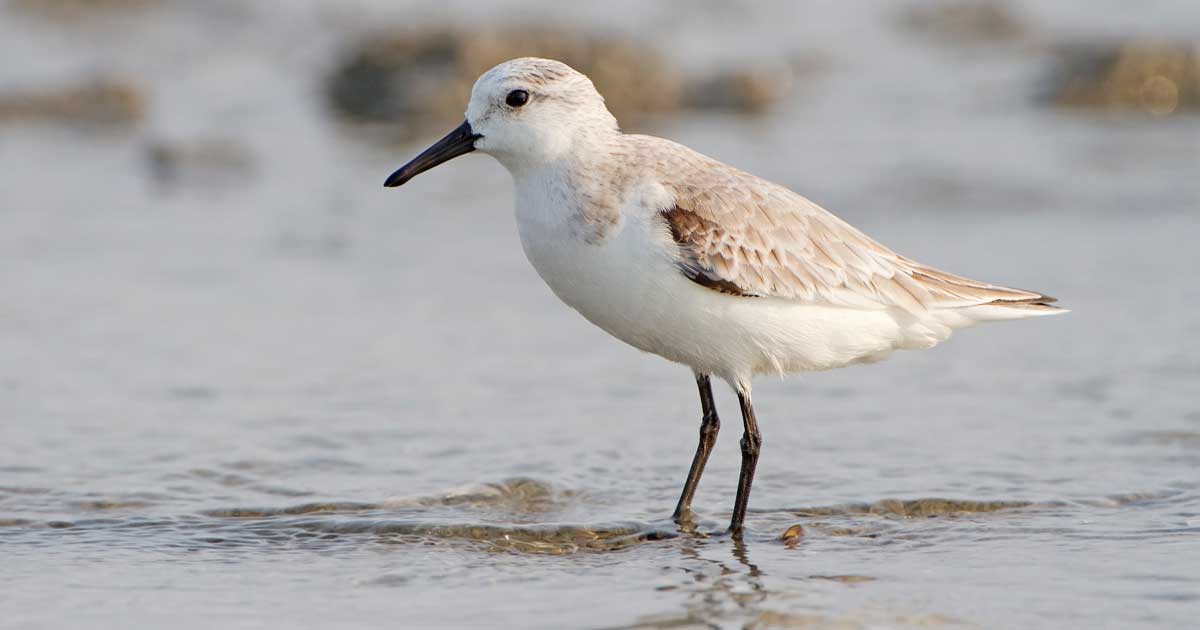



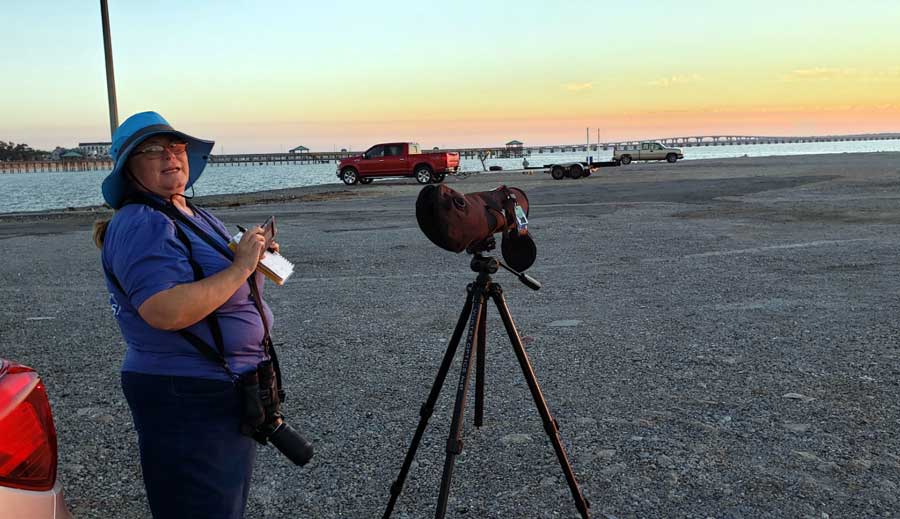
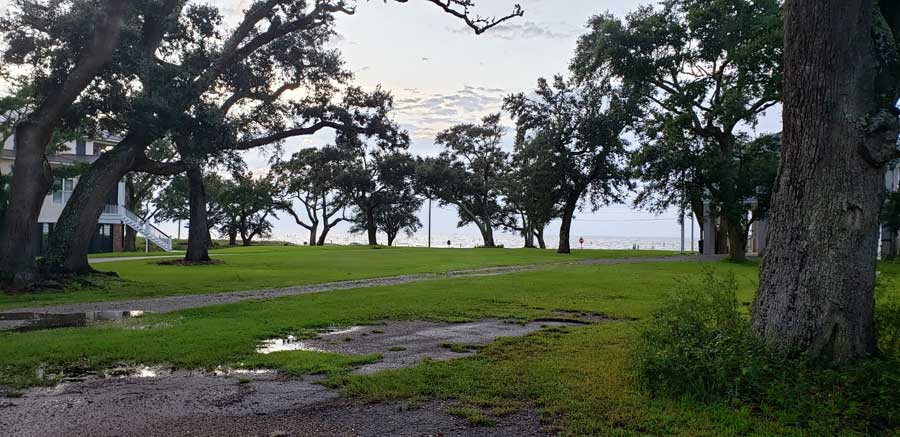
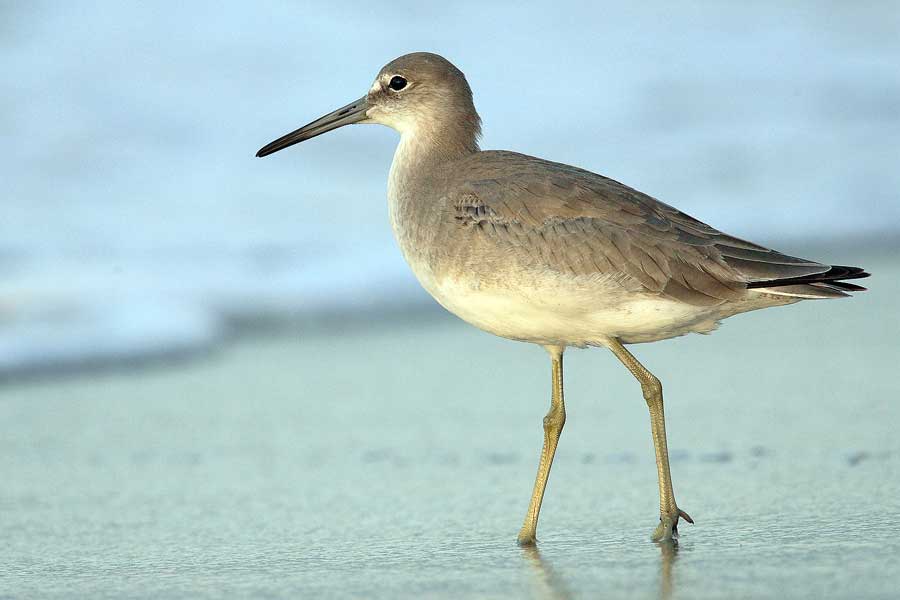
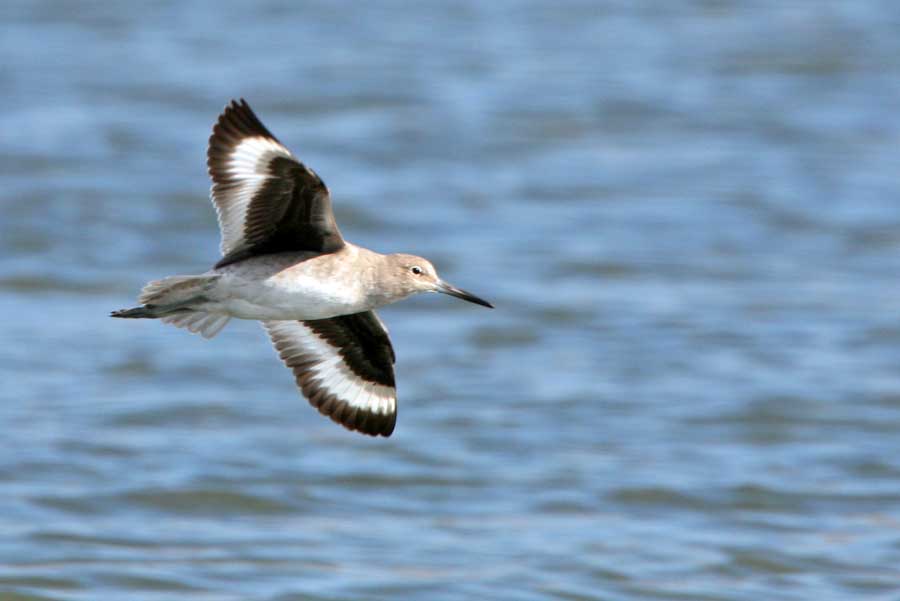
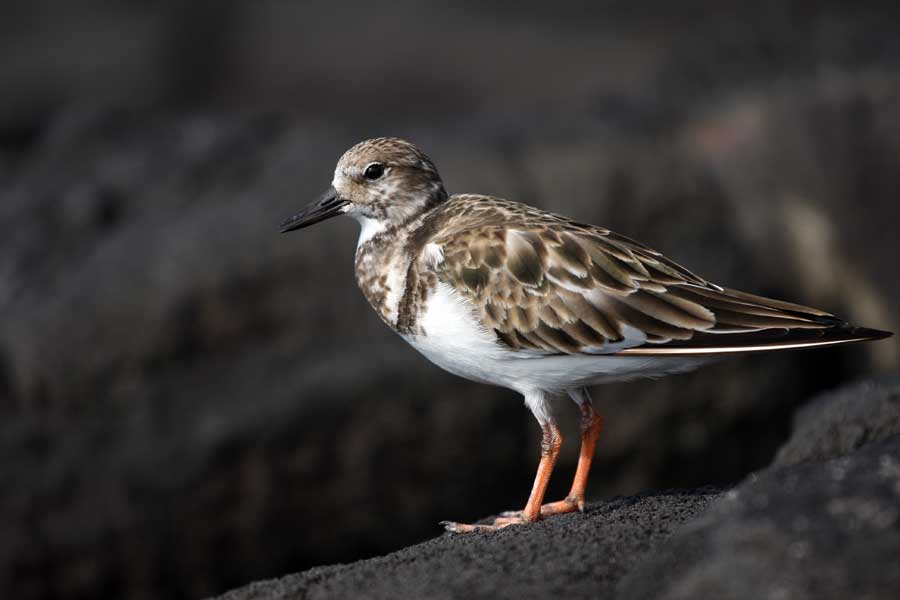

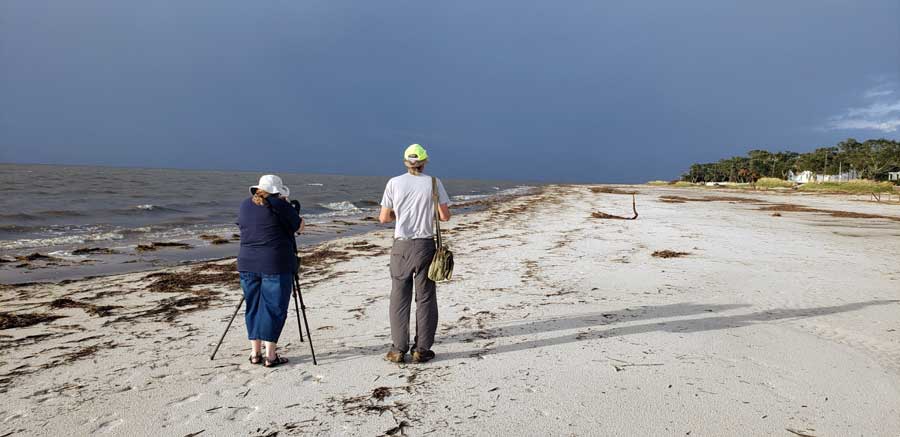
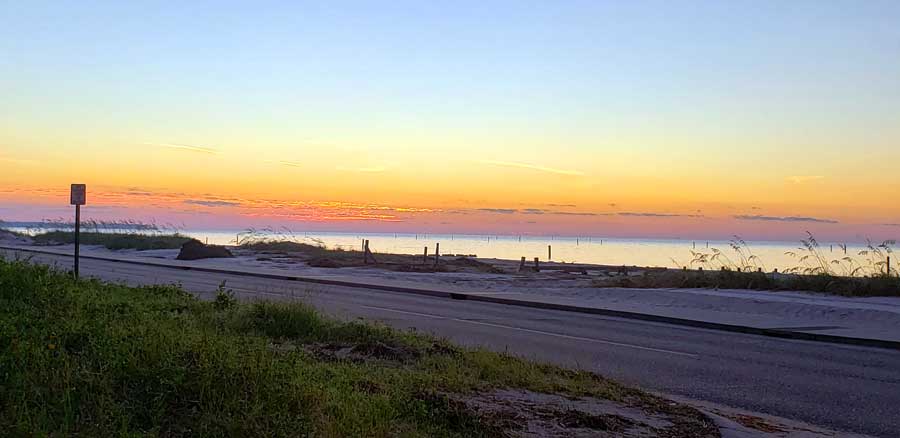
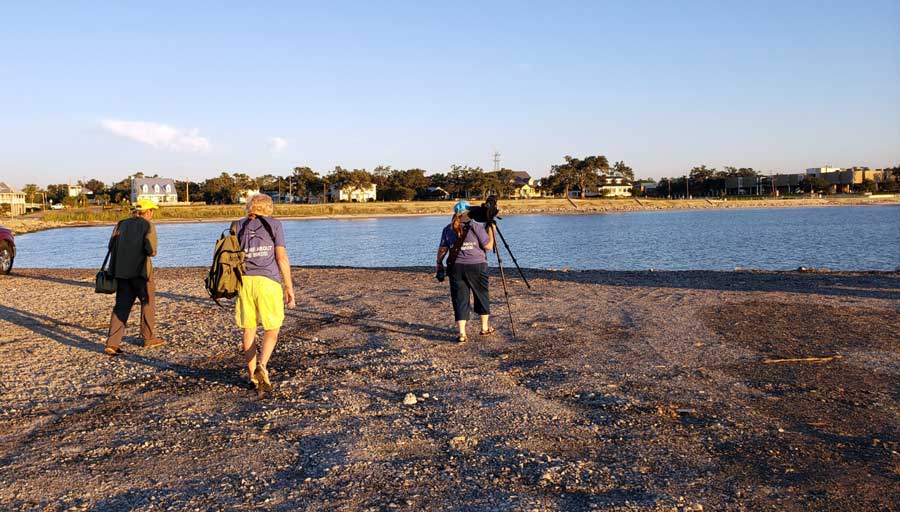
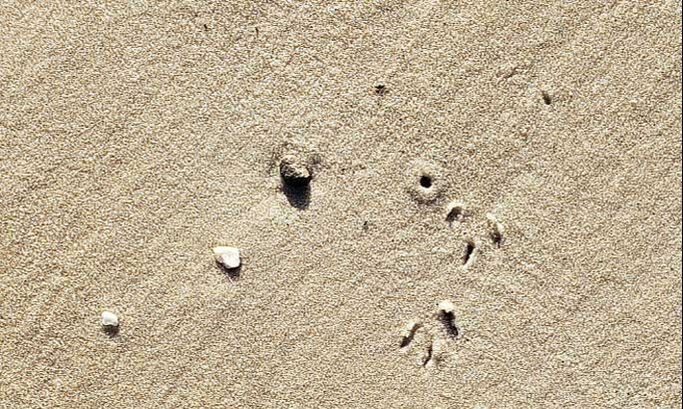


























 RSS Feed
RSS Feed























